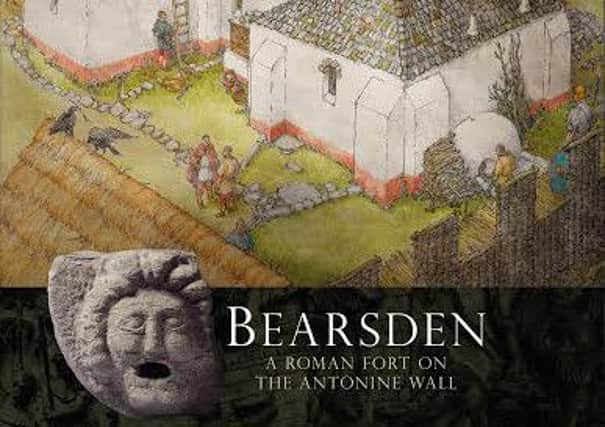New book reveals life in Bearsden in Roman times


Professor David Breeze has written a book ‘Bearsden: A Roman Fort on the Antonine Wall’ about how the Romans lived in Scotland nearly 2,000 years ago.
Excavations in the 1970s revealed the plan and history of a Roman fort on the Antonine Wall.
Advertisement
Hide AdAdvertisement
Hide AdThe bath-house and latrine discovered in Bearsden at that time are now on public display, and they are an important part of the Antonine Wall World Heritage Site.
The book is part-funded by Historic Environment Scotland and published by the Society of Antiquaries of Scotland, offers new information on how one of the best organised armies in history first built the site on the Antonine Wall which they occupied for a generation, creating complex trade networks and long term infrastructure for their occupation.
Professor Breeze said: “We were very fortunate to discover sewage in a ditch, which was analysed by scientists at Glasgow University and demonstrated that the soldiers used wheat for porridge and to bake bread, and possibly to make pasta. It also tells us they ate local wild fruits, nuts and celery as well as importing figs, coriander and opium poppy from abroad, and that they suffered from whipworm, round worm, and had fleas.”
The book focuses on a range of topics relating to the dig, with expert contributions from specialists in pottery, plant remains, soils, glass, insect remains, amongst other areas.
Advertisement
Hide AdAdvertisement
Hide AdDr Rebecca Jones, of Historic Environment Scotland said: “Despite their distance from Rome, the soldiers at Bearsden seem to have been far from detached from the rest of the empire, as evidence shows they regularly received commodities like wine, figs, and wheat from England, Gaul (modern day France), and Southern Spain – as well as some locally gathered food.”